KAWAHARA Rika
Second-year master’s student of the Graduate School of Symbiotic Systems Science and Technology (Major in Environmental Radioactivity)
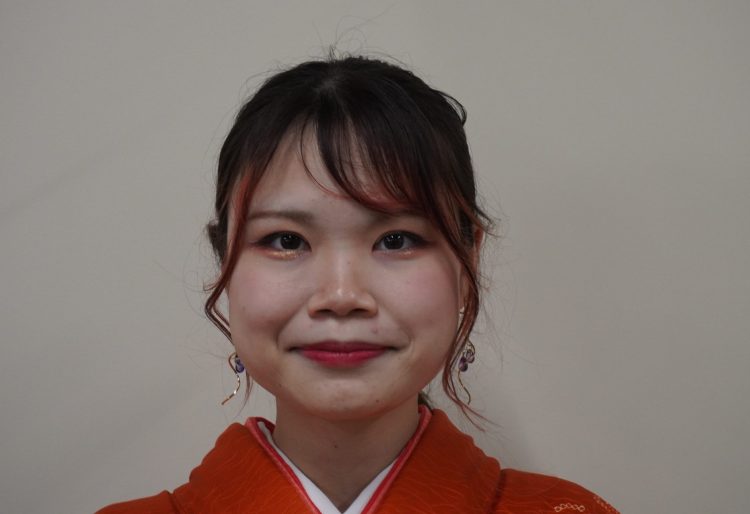
Why did you decide to enter the graduate school of Fukushima University and choose the Major in Environmental Radioactivity?
Both my parents were from Fukushima Prefecture and all my relatives lived in evacuation zones such as Namie and Haramachi when the Fukushima Daiichi Nuclear Power Plant accident occurred. Therefore, I have been interested in radiation since childhood. While I was a student at the Yamagata University Faculty of Engineering Department of Informatics and Electronics, I had the opportunity to participate in the joint research with Professor Katsuhiko Yamaguchi of Fukushima University Faculty of Symbiotic Systems Science. I learned about radiation through this joint research. I then decided to enter the graduate school of Fukushima University and choose the Major in Environmental Radioactivity, hoping to learn more about radiation.
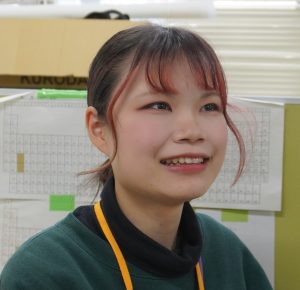
Could you tell us about your research? What do you find interesting about your research?
We are conducting research to visualize radiation sources using Compton cameras. Gamma rays are invisible to the eye. However, if the gamma rays enter the Compton camera, the energy and direction of the source can be determined. I find my research interesting especially when I can visualize rays that cannot be seen with the naked eye. When gamma rays enter the Compton camera, a mathematical formula called Compton method can be used to draw the approximate location of the gamma-ray source in a cone shape like a road cone at a construction site. The detailed source location can be obtained by finding the intersection of the bottom surfaces of cones drawn by multiple gamma rays. In practice, the calculation of the gamma radiation source is done by a computer program. Such a program needs to be made by researchers themselves. Therefore, I also find my research interesting when I can make a program which can make the gamma-ray visible as I desire.
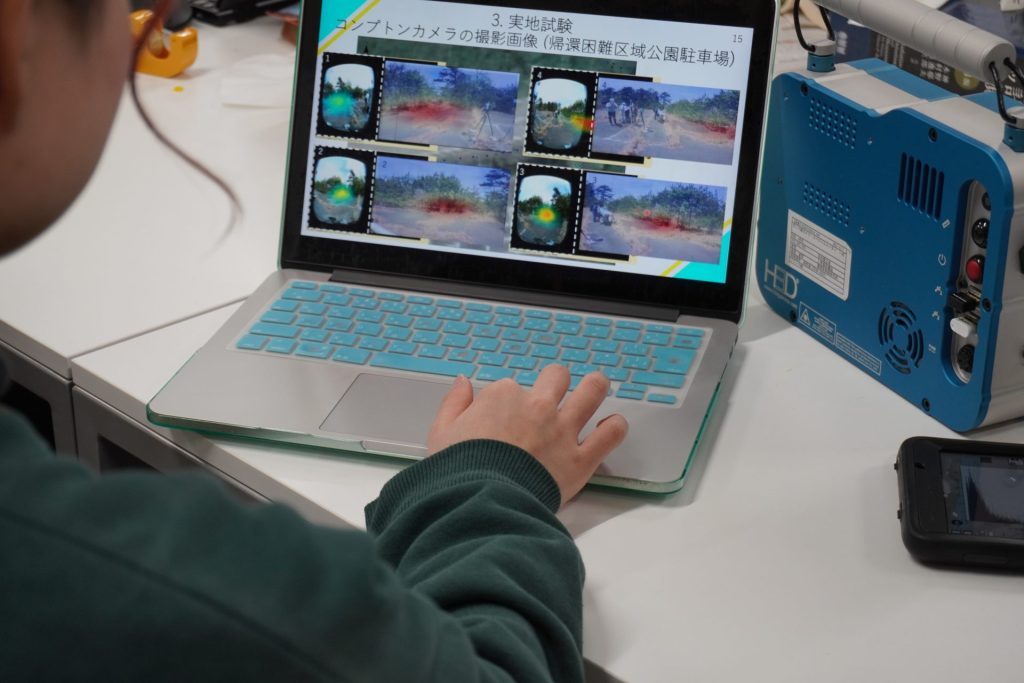
How do you spend your daily life as a graduate student?
I spend my days in the laboratory focusing on developing systems to calculate radiation sources. And about once every two months I go to the difficult-to-return zone in Okuma with my supervisor Prof. Torii to collect data necessary for the development of the system. The main task of our measurement trip is to measure radiation distribution with a Compton camera, while measuring air dose rates with survey meters and other equipment to confirm that the Compton camera results are correct. On non-school day or after school, I worked part-time at a nursery school and other places. Spending time with my sisters at home is my favorite pastime.
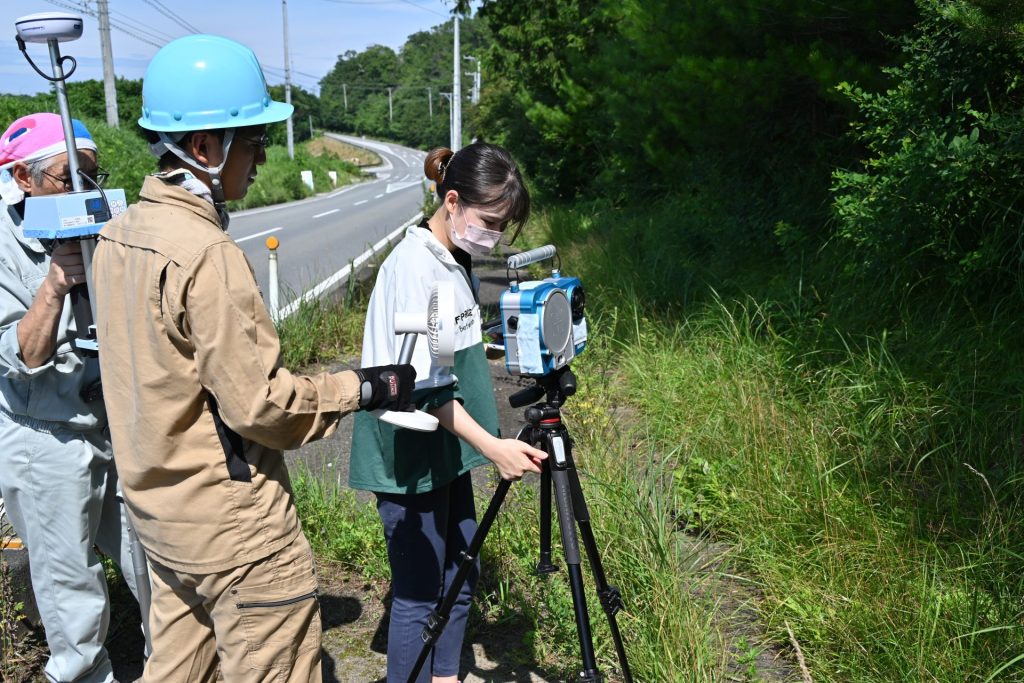
How will you utilize your experience in the graduate school in future?
I will be a software engineer from this coming April.
Could you tell us the attractions of the Major in Environmental Radioactivity to whom are thinking about applying for?
The appeal of the Major of Environmental Radioactivity is the small class size, which allows students to receive almost one-on-one instruction from multiple professors. If you don’t understand something, they will explain it to you until you understand. I was also able to participate in various academic conferences to present my research results and interact with students from other universities and research institutions. In addition, there are several foreign professors at the Institute of Environmental Radioactivity, so I was able to brush up my English skills through communication with them.
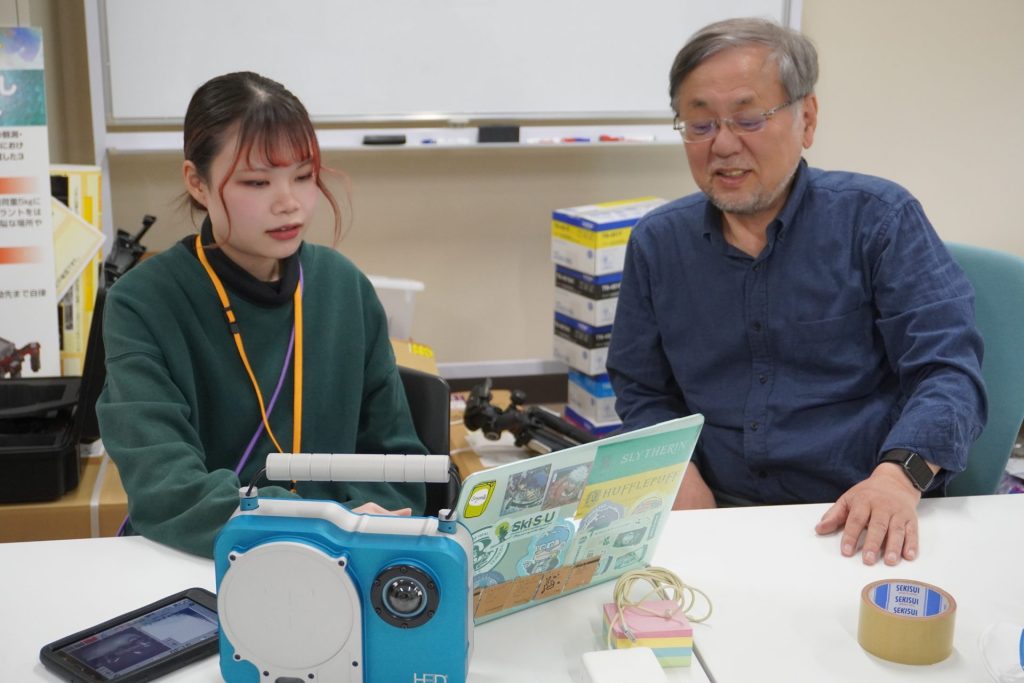
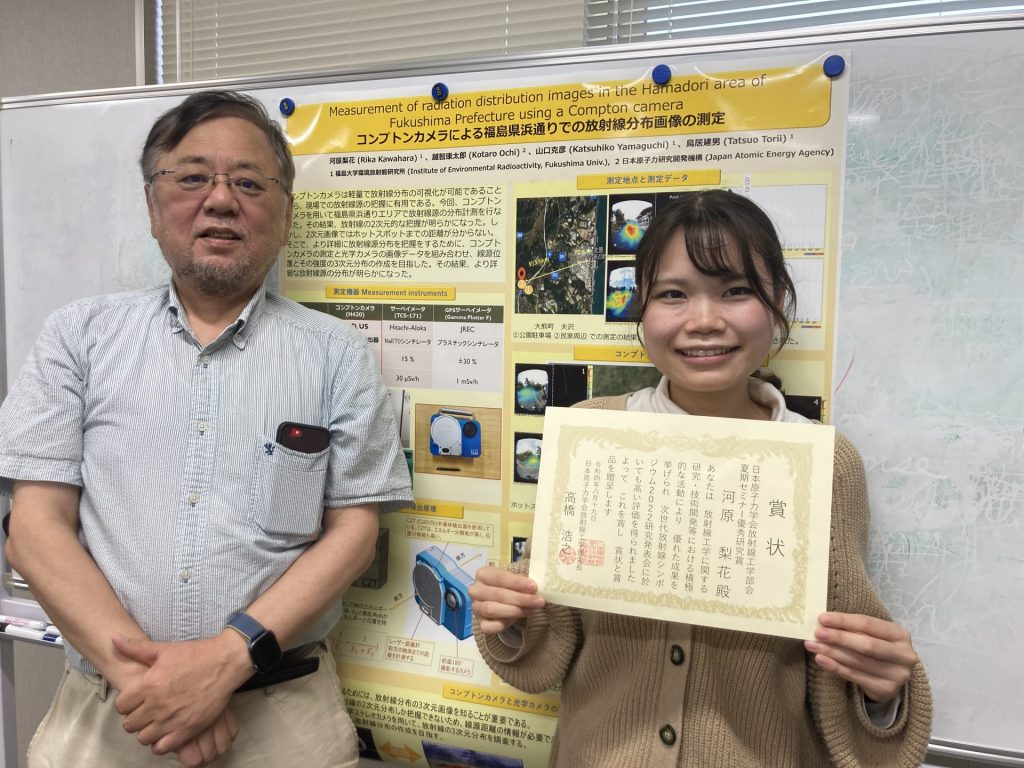
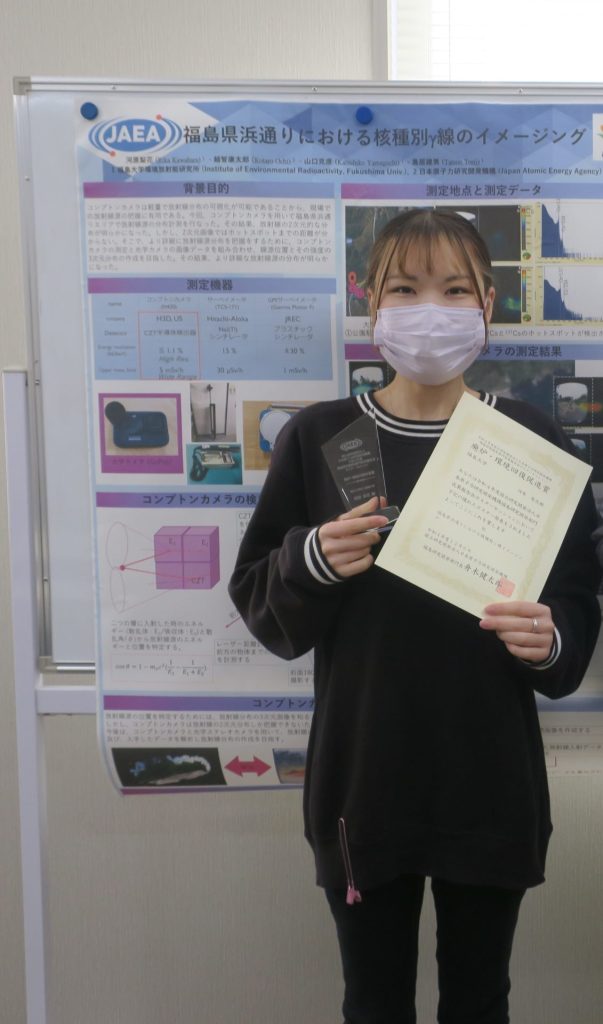
Interviewed March 2023
